I'm trying to understand recursion with the help of few examples. I found this example of printing all possible combinations of r elements in a given array of size n using recursion.
Print all possible combinations of r elements in a given array of size n.
They are using the idea behind the expression:
What i'm trying to understand here is the conceptual meaning of this expression. I have read different articles but couldn't find a satisfactory explanation.
A mathematical or practical example which uses this expression would be really helpful.




